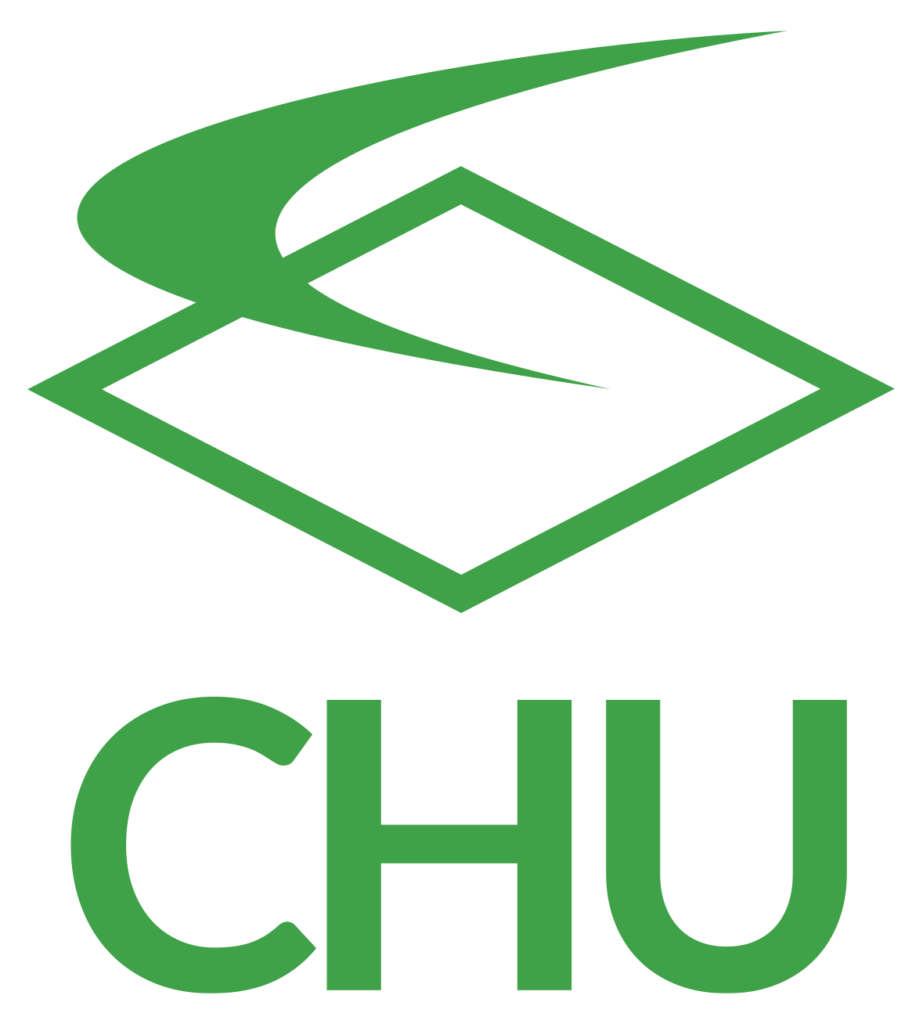What the FuCHUreof Work holds

Kimberly Jonsson, CEO of CHU, spoke at the SCA National Conference in Adelaide in June. Her presentation, “A vision for the future – how hybrid teams and flexible work arrangements can work”, looked at the fuCHUre of work that challenges the status quo, using CHU as a case study. Here Kim outlines some of her presentation and crystal-ball gazes on a key aspect of how businesses may look in beyond today.
It’s ironic it took a global pandemic to trigger many businesses to reflect on how they operate and how they need to adapt for the future. CHU sure did.
Before COVID-19 we had a strategy with three pillars: AI and technology, environment and sustainability and diversity and inclusion (D&I). At CHU, we believe a diverse and inclusive world is better for the team, customers, and the community – and the icing on the cake is it makes good business sense.
Numerous studies internationally and closer to home by the Diversity Council of Australia (DCA) show diverse workplaces are ahead of their non-diverse competitors in employee engagement, innovation, customer satisfaction and financial performance.
But what does this mean to businesses of the future?
It’s a question our team thought about as we confronted the harsh realities of the pandemic. Our response was to launch a hybrid working model we christened the “FuCHUre of Work”. Also, in 2020 we launched a series of D&I initiatives for our team, customers and the community.
For the team, these included:
- Implementing Peakon, an employee engagement and feedback tool with specific questions for D&I and CHU’s company culture.
- Measuring cultural diversity and encouraging the company’s people to share cultural insights through articles on the intranet.
- Rolling out a holistic health and wellbeing program with a dedicated mental health element.
- 100% flexibility in working since March 2020.
For the customer, initiatives involved:
- Increasing D&I awareness and engagement through forums, CEO presentations, videos and articles.
- Launching the Family & Domestic Violence Support Policy for vulnerable customers.
And for the wider community, CHU has taken a range of steps including:
- Creating educational strata videos in multiple languages including Mandarin, Cantonese, Arabic, Vietnamese, Tagalog (Philippines) and Hindi.
- Producing further multilingual content and website enhancements.
A flexible future
So the FuCHUre of Work was born from the pandemic and the sudden need to work from home.
We were quick to mobilise when Covid-19 hit. Our teams were able to be up and running at home thanks to technology we’d already developed and being on the cloud. But, we needed to make sure they were OK working remotely and during the lockdown. So we surveyed them (via Peakon) to find out how they were feeling about Covid-19, working remotely, and, most importantly, how we could help. What became clear was they believed flexible working conditions were a big plus! One of the biggest learnings was understanding what our team needed to work effectively in the FuCHUre of Work.
I believe flexible work isn’t only about ‘where’ and ‘when’ you work, it’s ‘how’ you work to adapt and respond to changing needs. The 9-5 workday is now a thing people do rather than a place they go.
We wanted to establish a hybrid model that allowed everyone – and I mean everyone in CHU – to design where we work and when we come together with purpose. Importantly, we saw flexible working as an enabler to provide the best service and experience for customers.
We put together a CHU Hybrid Flexible Work Charter for our people to sign up to. And, I’m pleased to report that we’ve had genuine buy-in from everyone.
It’s been an exciting journey so far but the FuCHUre of Work is still a ‘work in progress’ and will evolve over time.
The FuCHUre of Work isn’t just about working from home, it’s about connecting with each other in meaningful ways at meaningful times. The bottom line is it’s about working where it works. It’s about finding clever ways to serve customers. That may not have been possible in the traditional working model.
The benefits of a hybrid model of work
There are many benefits to a hybrid model of work – importantly, many related to customers. These include:
- Improved ability to service clients through an extended “working day” not limited to state time zones differences only
- Strengthens D&I by providing a truly inclusive workplace, leading to more highly effective and innovative teams which provide excellent customer/client service.
- Provides greater internal career development opportunities by removing the need for many positions to be associated with a particular office location
- Gives us access to a greater number of potential employees, as the hybrid business isn’t restricted by borders or proximity to large cities
- Strengthens a business’s status as employer of choice by offering market-leading flexibility
- Improved shareholder value through higher levels of staff engagement, productivity, and satisfied customers
A study* by the Diversity Council of Australia shows workers with the flexibility are significantly more likely than workers without this perceived flexibility to excel at:
- Working hard (69% for workers with the flexibility they needed versus 39% for workers without)
- Customer/client service (65% versus 29%)
- Working together effectively (65% versus 23%), and
- Innovating (54% versus 12%).
Numerous studies, both overseas and in Australia, show those working from home were often more productive than in the office and CHU is without a doubt witness to that. We saw productivity increase in many areas and 2020 was our best year ever in financial terms; our customer survey results; and staff engagement!
The opportunities ahead
We’re far from over the pandemic and it’s tempting to hibernate and stagnate. But history has shown a crisis can trigger innovation and new ideas to overcome the problem. The pandemic has seen a large number of entrepreneurs – especially in Australia – kick-starting new businesses.
And it has also seen traditional businesses pivot to find new avenues to explore, regaining their entrepreneurial spirit. Statistics from the Australian Small Business and Family Enterprise Ombudsman shows 40 per cent of small businesses changed the way they provided products and services in response to the pandemic – 20% have indicated those changes will stay in place going forward. The FuCHUre of Work is a great example of seizing the moment and creating a working model of the future.
ENDS
*https://www.dca.org.au/media-releases/flexible-working-day-2020-lets-make-flexible-work-new-normal

View Comments
(0)